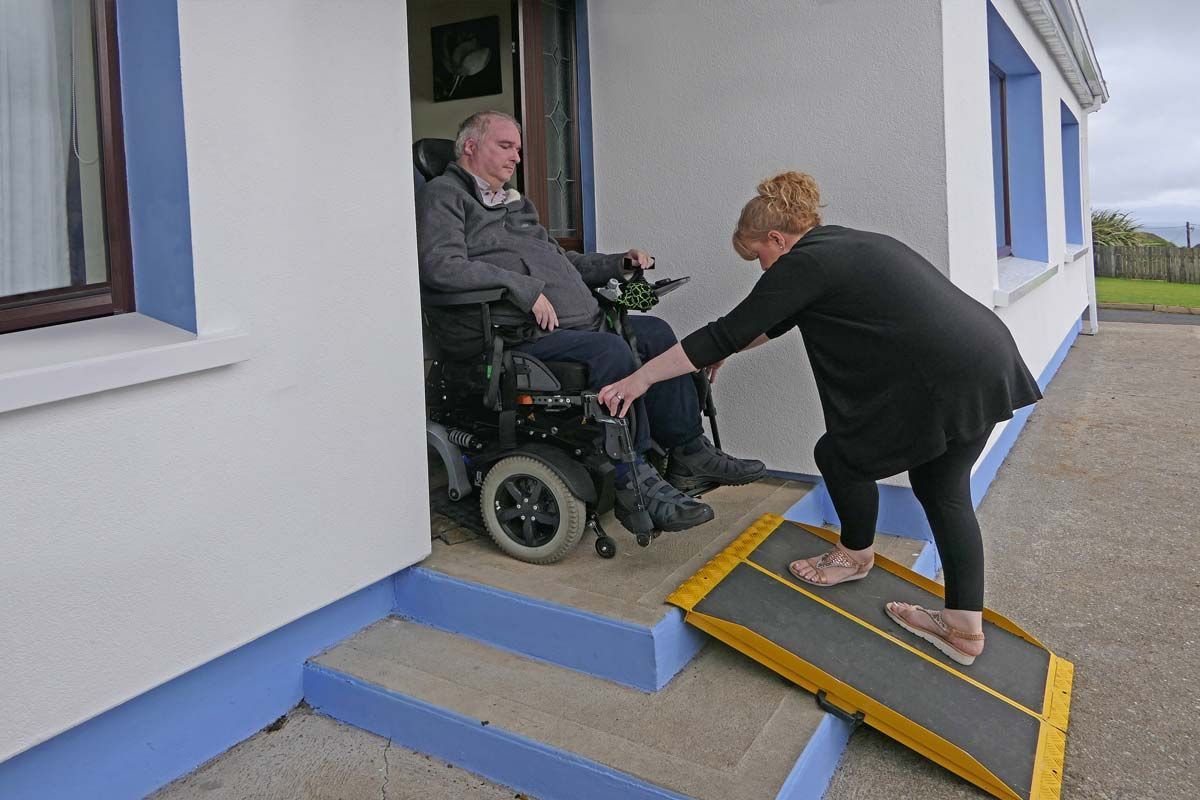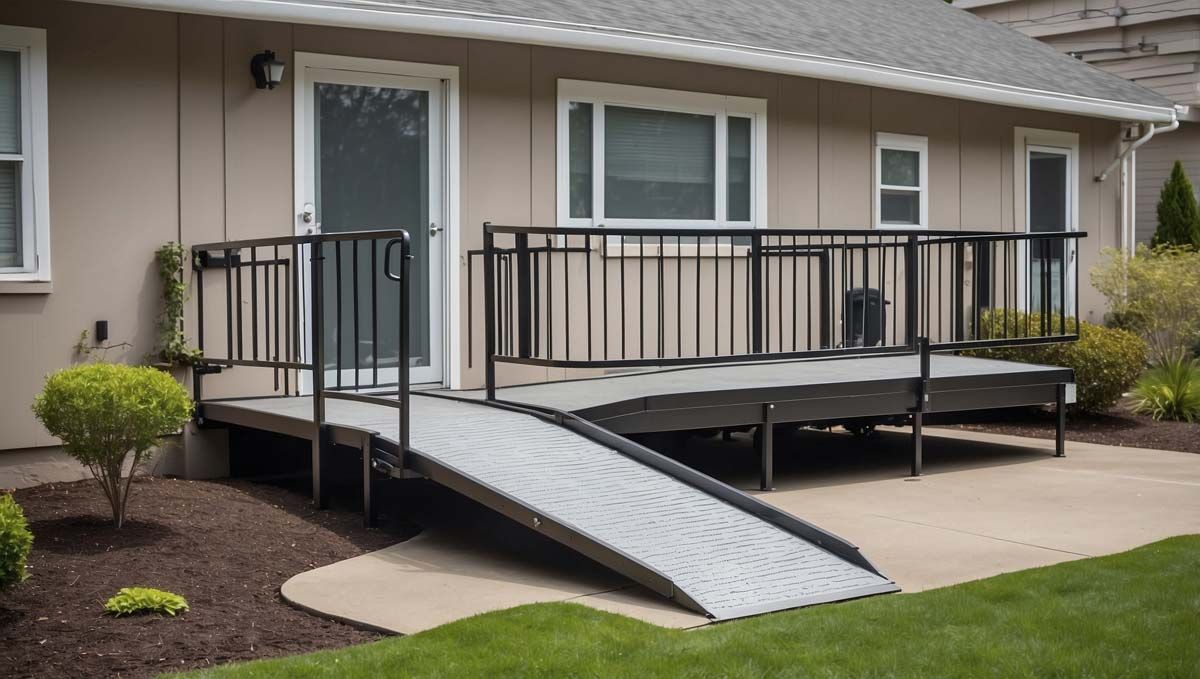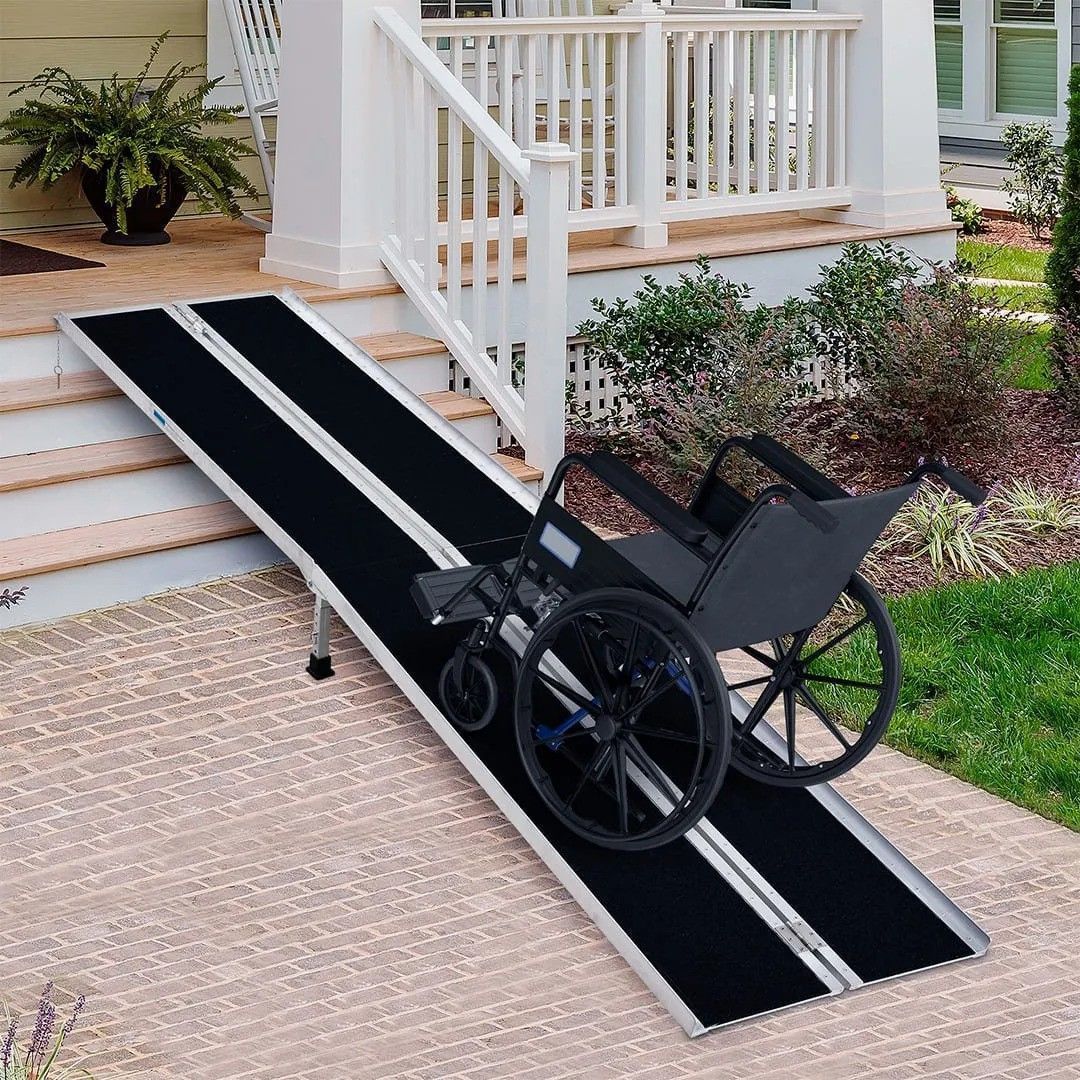Choosing the Right Portable Ramp for Stairs
Navigating the multifaceted world of mobility aids can be a daunting task, particularly when selecting the appropriate portable ramps for stairs. The decision is critical to ensuring accessibility, safety, and independence for individuals with mobility challenges. With the plethora of options available, making an informed choice requires a thorough understanding of several key factors.

Understanding Your Needs
Before acquiring a portable wheelchair ramp for stairs, it is imperative to conduct a comprehensive assessment of specific needs. This ensures that you find just what you need to meet your requirements. Consider the physical capabilities of the user, the environment where the ramp will be deployed, and the frequency of its use.
For instance, a veteran requiring temporary access to different venues may prioritize a temporary ramp for its portability and ease of setup, while another user may focus on durability and weight capacity.
Measuring for the Right Ramp
Measuring for the right ramp is a crucial step in ensuring safe and easy access for individuals with mobility impairments. To determine the required length of the ramp, start by measuring the stairs and calculating the rise. The American Disability Association (ADA) recommends a 1:12 slope ratio, meaning you need one foot of ramp length for every inch of stair rise. For instance, if your stairs have a total rise of 4 inches, you will need a 4-foot ramp to ensure a gentle and safe slope.
In addition to the length, consider the width of the wheelchair. A minimum width of 36 inches is recommended to accommodate most wheelchairs comfortably. Accurate measurements of both the stairs and the wheelchair will help you select a ramp that fits perfectly and provides the necessary support.
Weight capacity is another critical factor. Most portable wheelchair ramps are designed to support up to 800 pounds, but it’s essential to verify this to ensure the ramp can handle the combined weight of the wheelchair and the user. Consulting with ramp experts can provide valuable guidance on selecting the right portable ramp and ensuring accurate measurements.
When measuring for the right ramp, also consider the convenience and ease of use. Look for a portable ramp with a lightweight design and easy-to-carry features, which can significantly enhance the user experience. A ramp that is foldable and durable will provide added convenience for individuals with mobility impairments, making it easier to transport and set up as needed.
By taking the time to measure accurately and consider all relevant factors, you can ensure that you choose a portable ramp that meets your needs and provides safe, reliable access to stairs and other elevated surfaces.

Key Features to Consider
Ramp Length and Slope
The length of the ramp directly influences its slope, a critical aspect in ensuring safety and ease of use. A gentle slope is essential to prevent undue strain and risk of accidents. The Americans with Disabilities Act (ADA) recommends a 1:12 slope ratio, meaning one foot of ramp for every inch of step height. It is advisable to measure the stairs' total rise to determine the appropriate ramp length.
Weight Capacity
An often overlooked consideration is the ramp's weight capacity. It is essential to ensure the ramp supports not only the wheelchair's weight but also the user's weight. Exceeding the weight limit may compromise the ramp's structural integrity, leading to potential hazards.

Material and Portability
Portable handicap ramps are typically constructed from aluminum, fiberglass, or rubber. These ramps are essential for providing safe and easy access to vehicles, making it easier for individuals with mobility challenges to load and unload their equipment.
Aluminum ramps are favored for their lightweight and corrosion-resistant properties, making them ideal for frequent transportation. Fiberglass options, while heavier, provide a robust solution with a higher weight capacity. Rubber ramps, conversely, are suitable for smaller height transitions and offer superior traction.
Safety Features
Safety is paramount when selecting a portable ramp for stairs. Look for features such as non-slip surfaces, side rails, and reflective strips for visibility in low-light conditions. Additionally, ensure the ramp includes a secure locking mechanism to prevent accidental unfolding during transit.

Budget Considerations
Cost is a significant factor in selecting a portable ramp. While budget constraints are understandable, it is crucial not to compromise on quality and safety for a lower price. Exploring options for financial assistance, such as veteran support programs, may provide relief in offsetting costs.
Wheelchair Ramps from Warrior Services Company
When selecting a portable ramp for stairs, partnering with a reputable provider is essential to ensure quality, safety, and reliability. Warrior Service Company LLC offers a range of high-quality wheelchair ramps designed to enhance accessibility and independence.
Why Choose Warrior Service Company LLC?
- Durable Construction: Their modular ramps are constructed from high-strength aluminum, ensuring they remain rust-free and corrosion-resistant over a lifetime of use.
- Slip-Resistant Surface: Each ramp features a solid, extruded tread with molded ridges, providing safe and durable traction to minimize the risk of slips and falls.
- Customizable Configurations: With interchangeable parts, these ramps can be configured or reconfigured into various layouts, accommodating unique architectural challenges and personal preferences.
- Easy Installation: Designed for simple, non-intrusive installation, most ramps can be set up in just a couple of hours without the need for heavy machinery or permanent alterations to your property.
For a personalized consultation and to explore the best ramp solutions tailored to your needs, consider reaching out to Warrior Service Company LLC. Our team of specialists is dedicated to enhancing mobility and accessibility for individuals with diverse requirements.

Conclusion
Selecting the right portable ramp for stairs entails a detailed evaluation of individual requirements, safety features, and material options. This decision is not merely about acquiring a product but ensuring enhanced accessibility and independence for those who rely on these essential aids. By prioritizing quality and suitability, you can foster an environment of dignity and autonomy for yourself or your loved ones.


